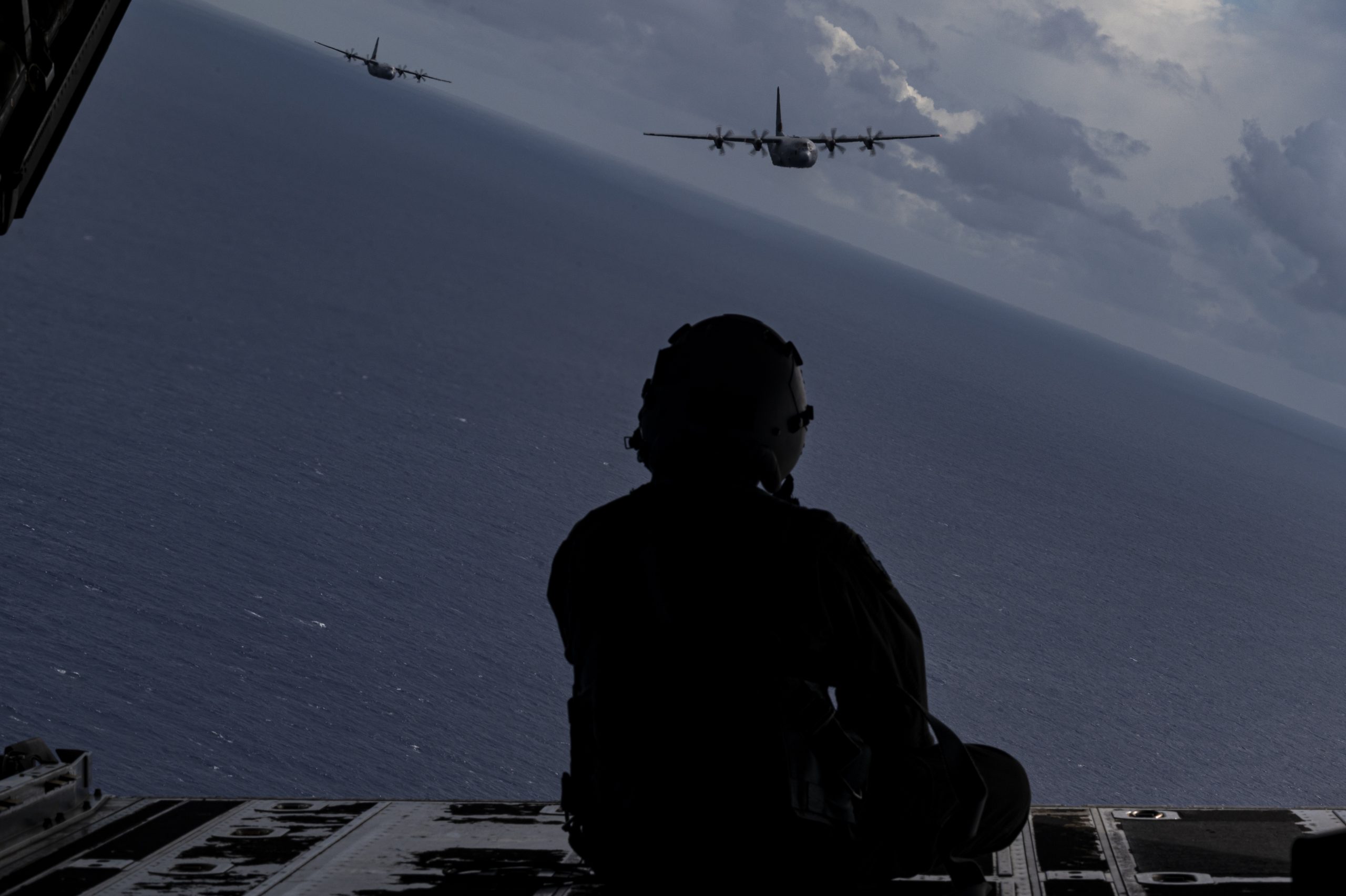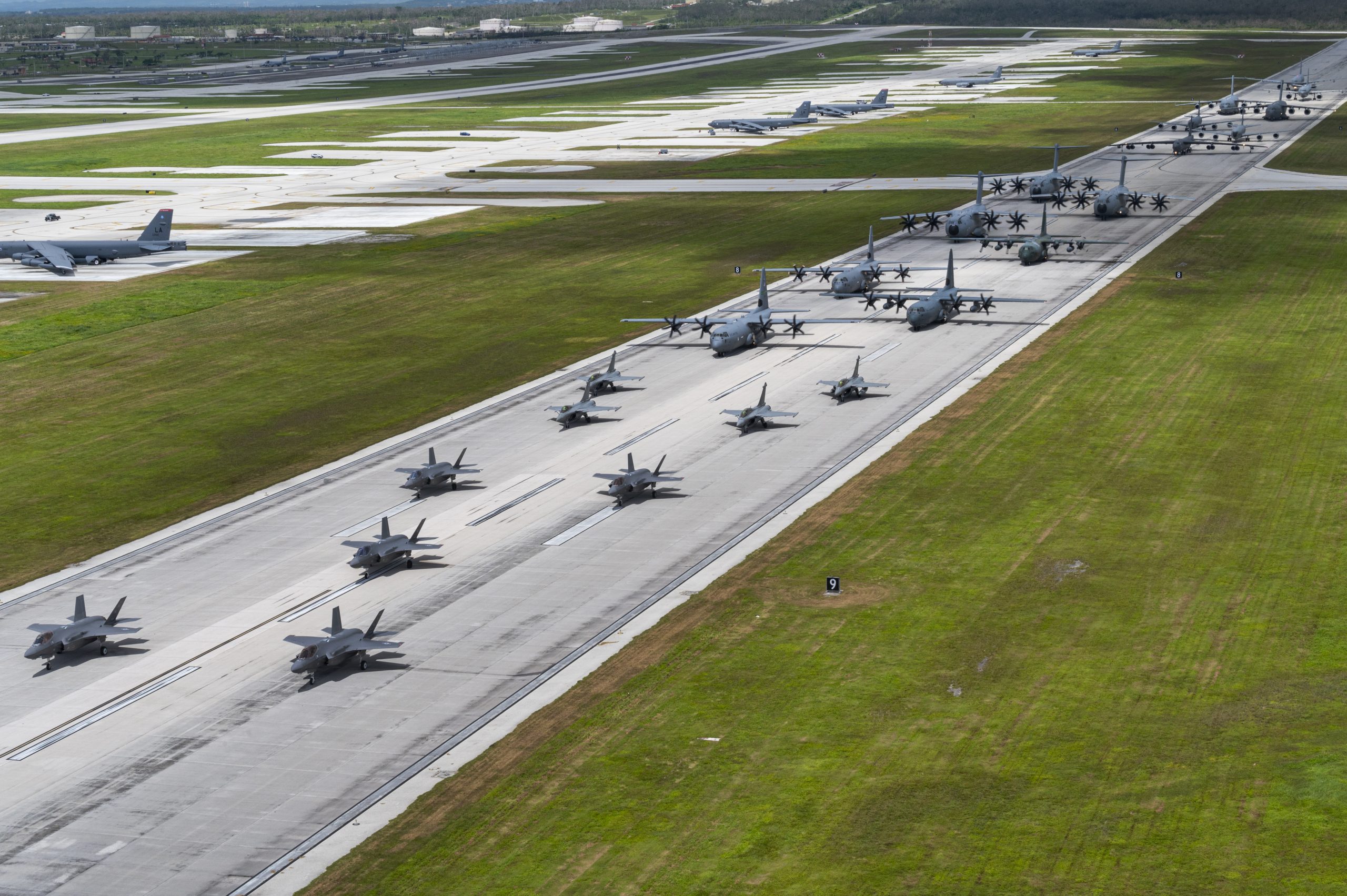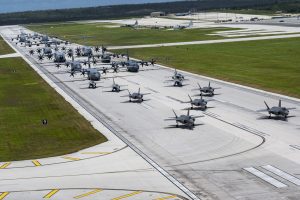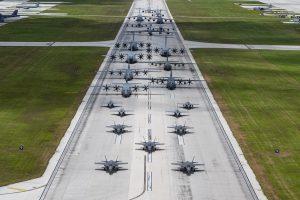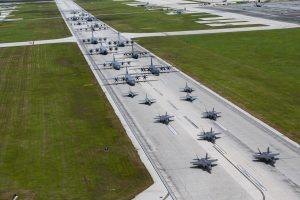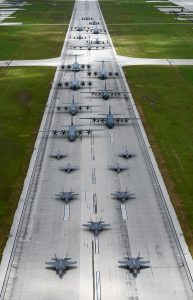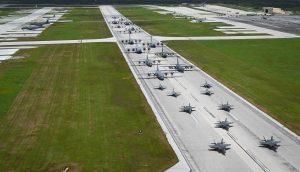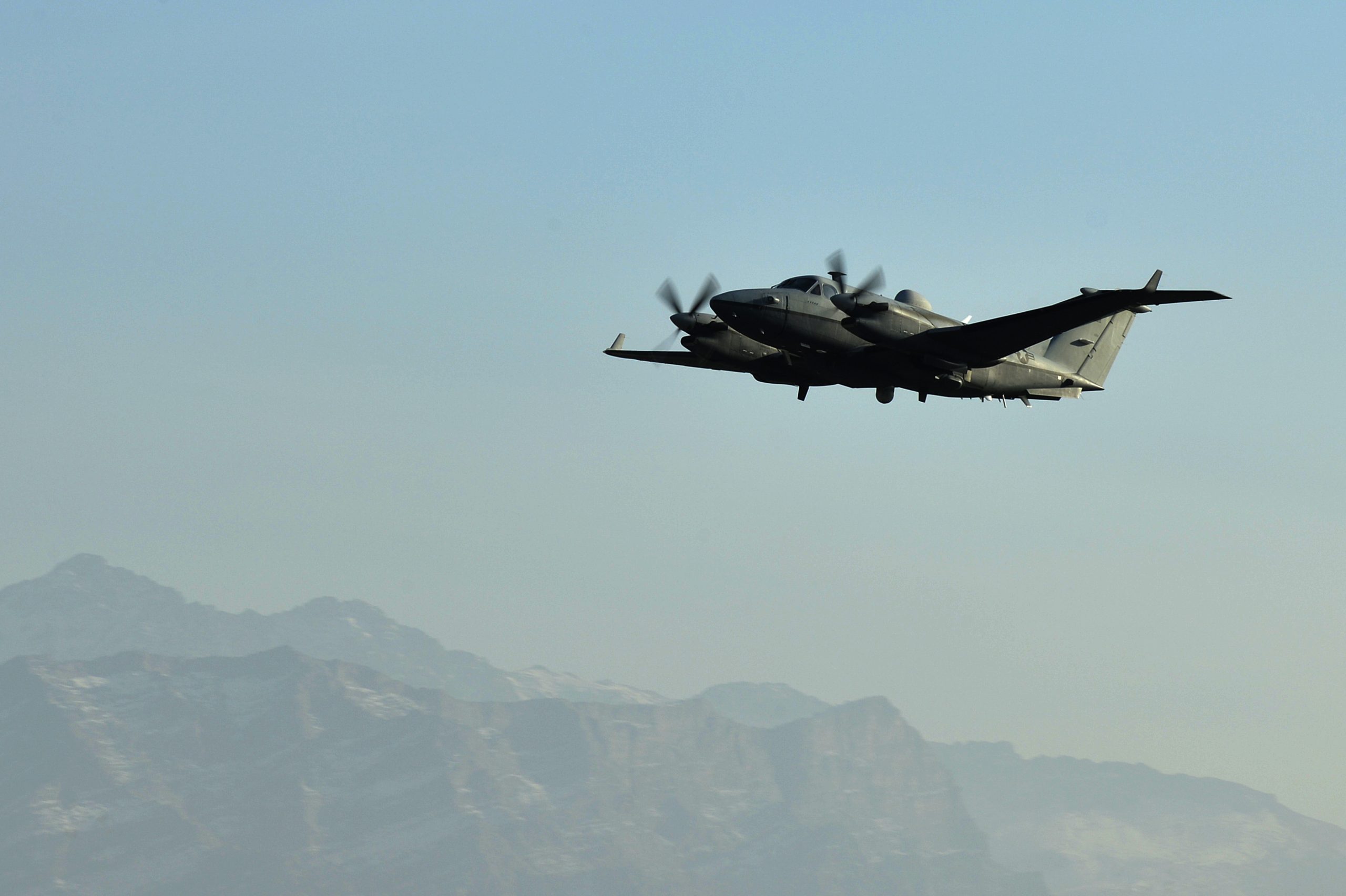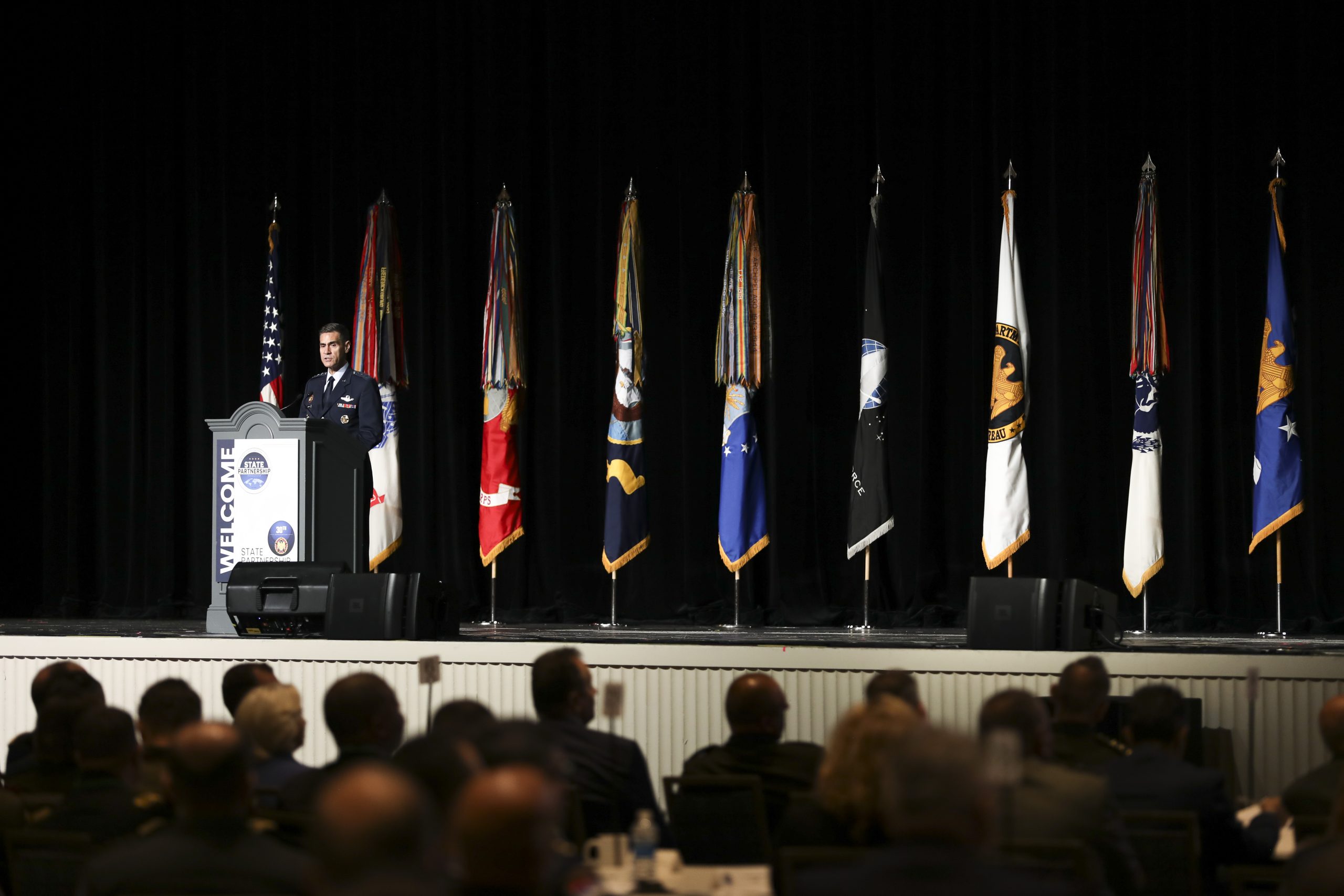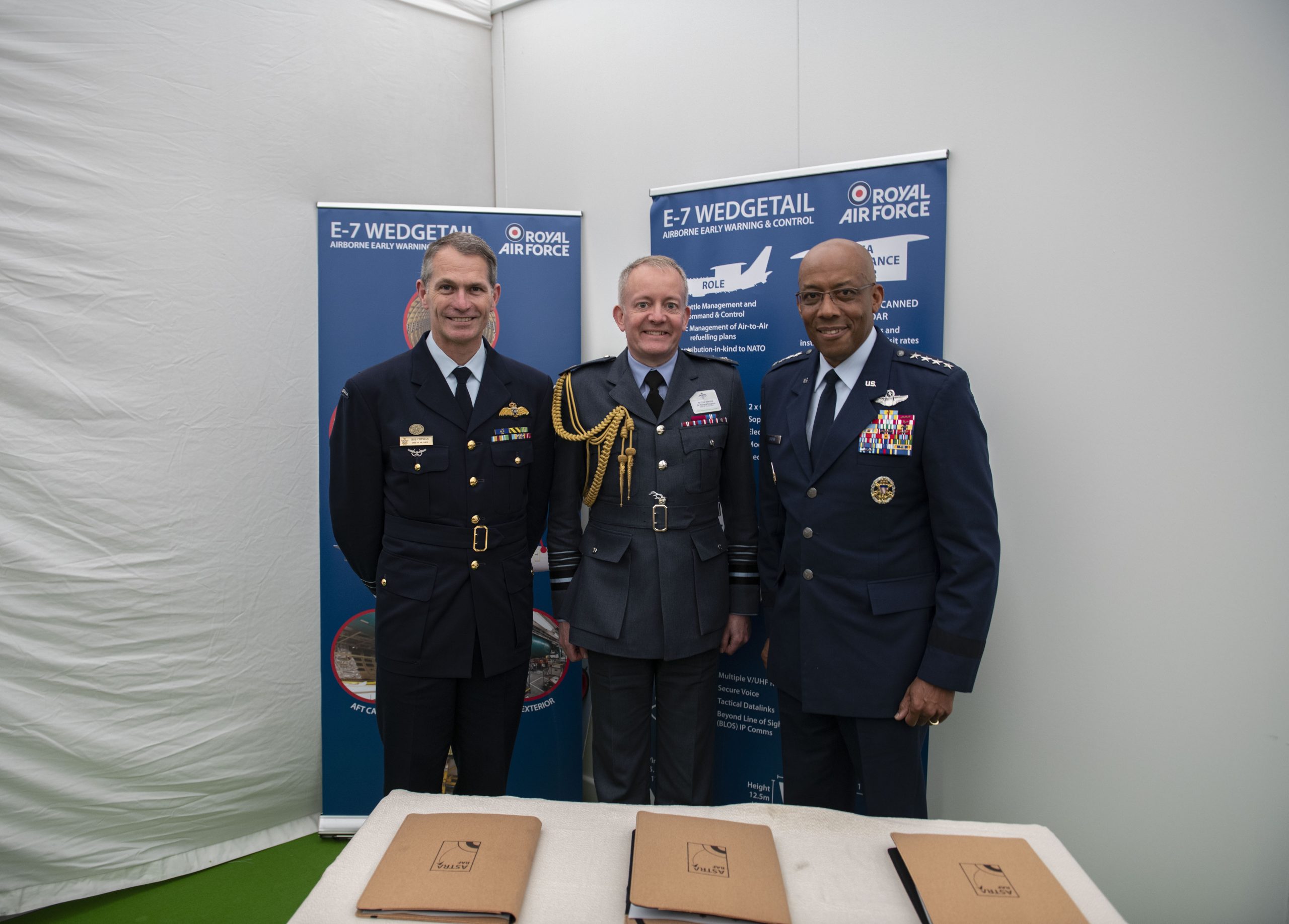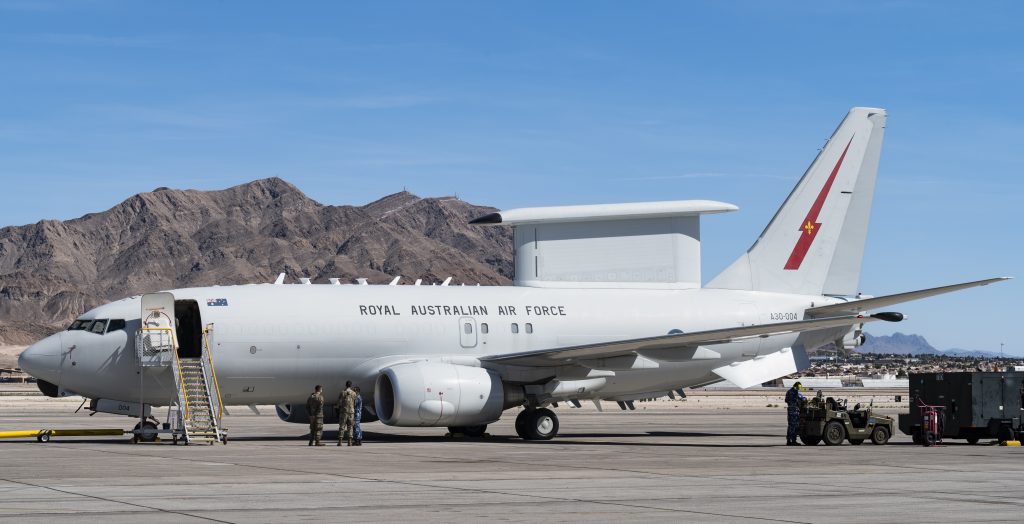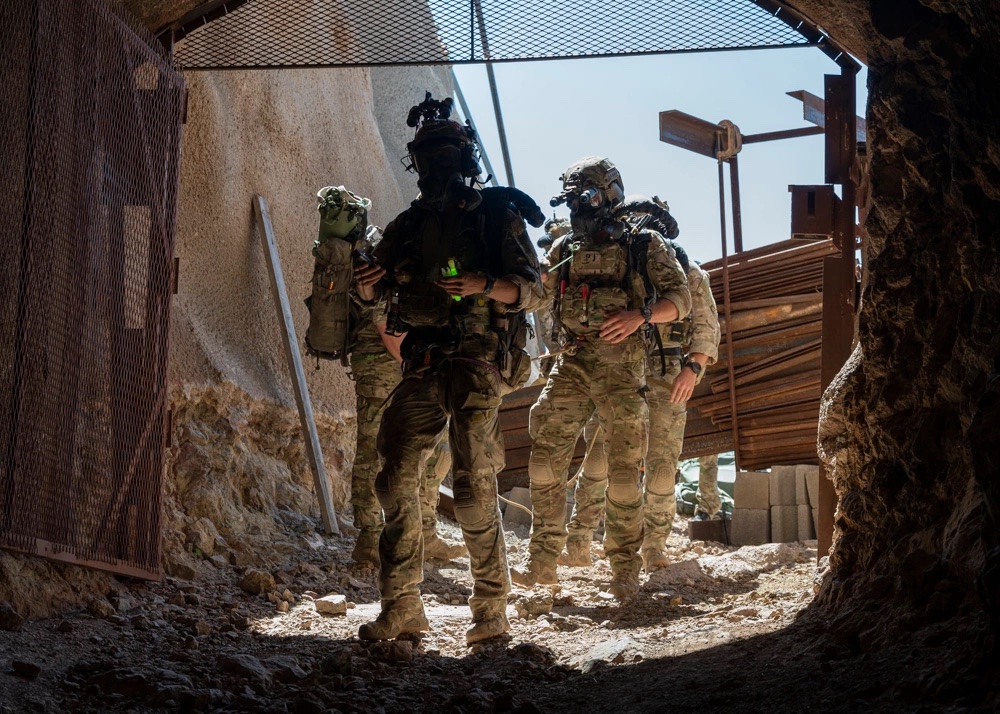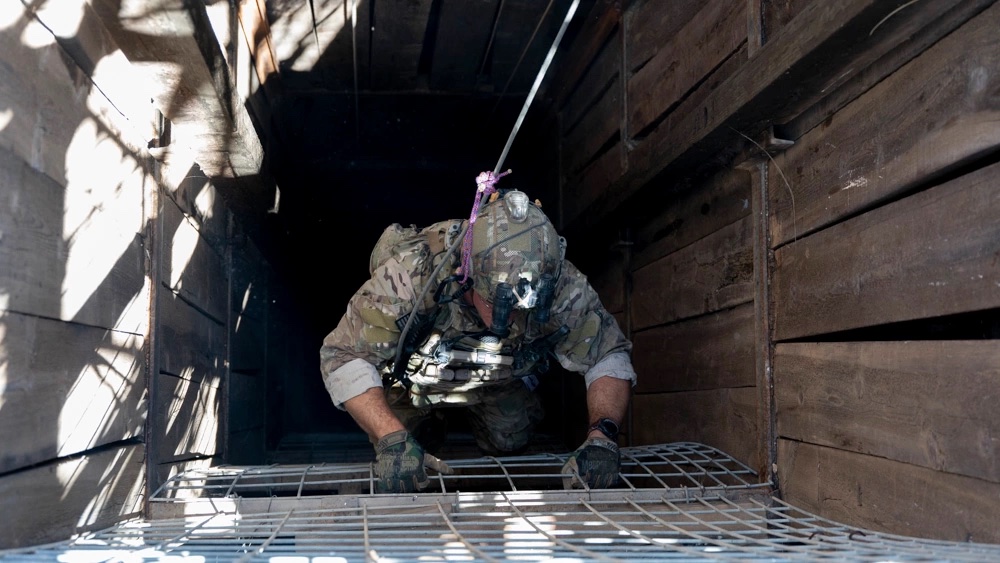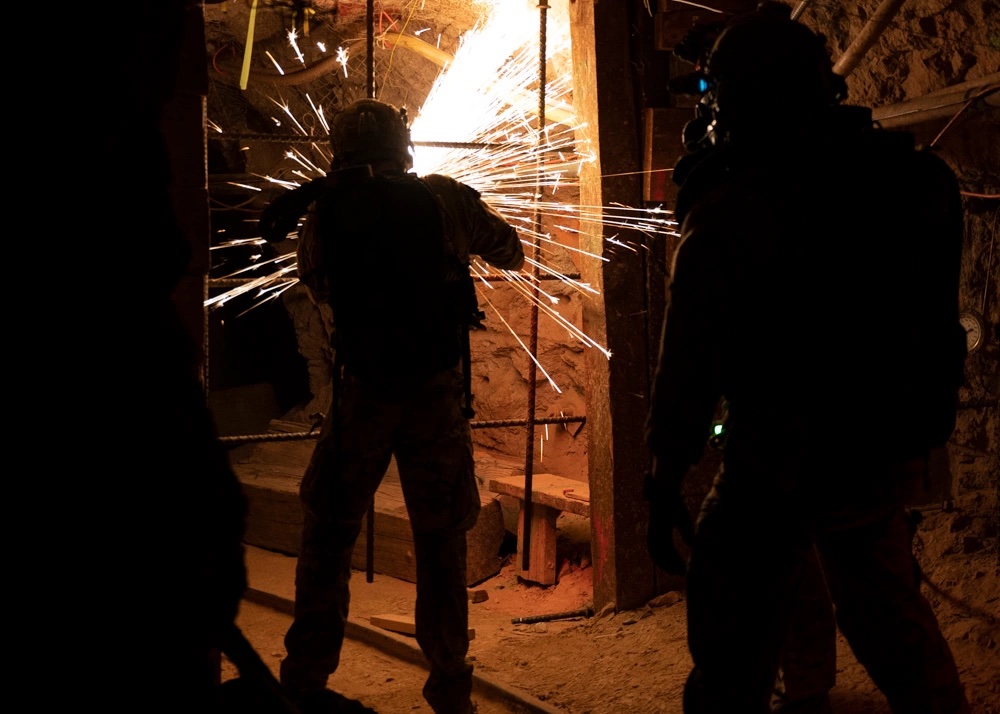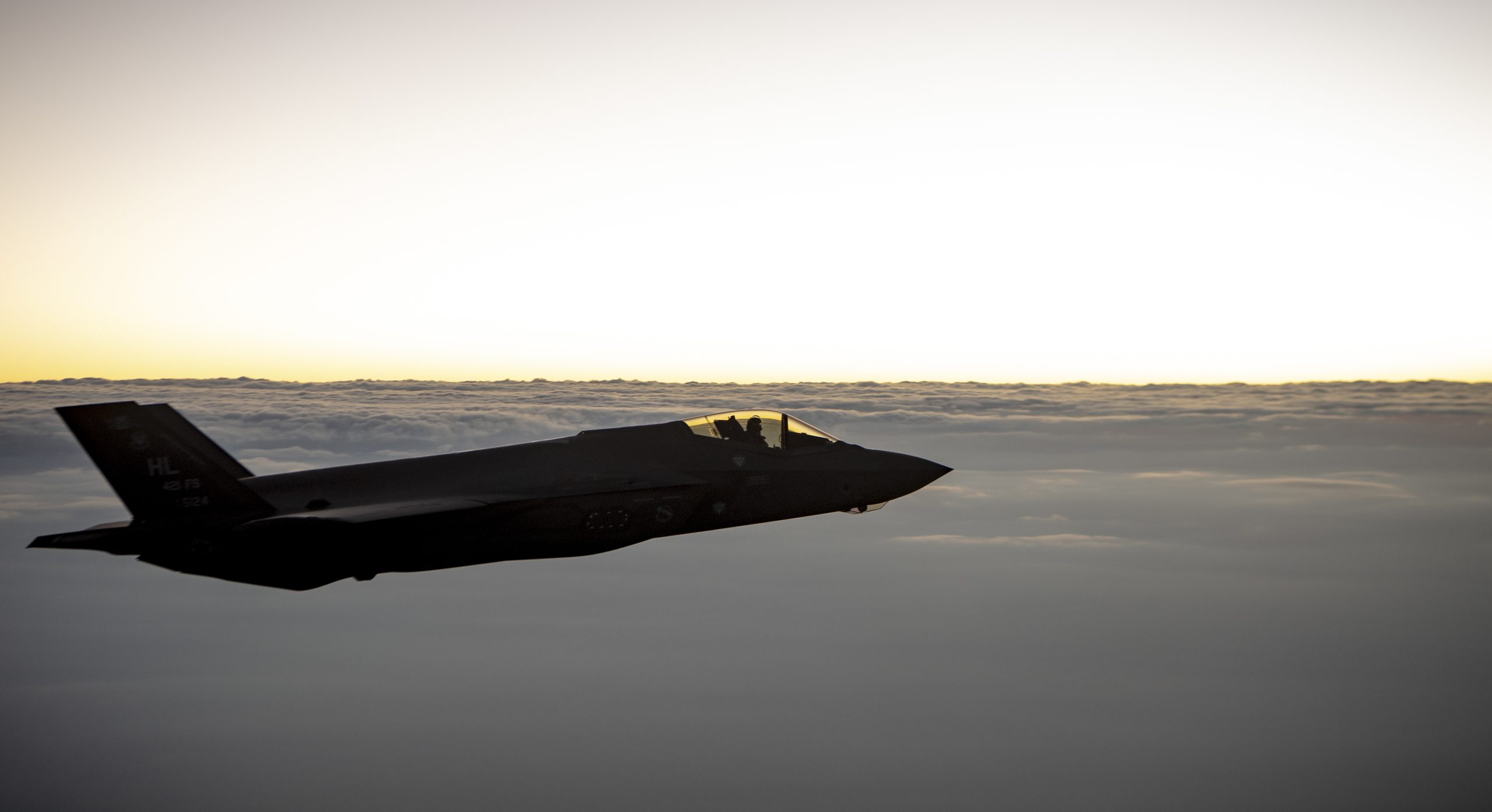U.S. and allied air forces are wrapping up one of their largest mobility exercises in history: Mobility Guardian 23. The two-week drill is designed to take on the challenges of operating in the vast Pacific region, now the primary focus of America’s military strategy.
“The joint force cannot fight if they’re not in place to fight,” Maj. Gen. Darren R. Cole, Air Mobility Command’s director of operations, strategic deterrence, and nuclear integration, told Air & Space Forces Magazine in a recent interview. “That’s not as easy as it may sound. And it may look easy, but it’s just not. It takes a lot of practice.”
Whether it’s the Army, Marines, Navy, Air Force, or Space Force, all components of the U.S. military are practicing how they would operate in the Pacific this summer in joint and multinational drills.
Mobility Guardian has not only rehearsed AMC’s capabilities but has also supported other U.S. and multinational exercises carried out in parallel across the Pacific. It has even been called upon to execute a real-world search and rescue operation.
All told, 70 aircraft and 3,000 personnel have been involved in the exercise, which runs July 5-21 and has included operations in Hawaii, Guam, Australia, and Japan.
Compared to other Air Force major commands, AMC generally doesn’t receive much public attention despite its pivotal role in military operations. It has airlifted billions of dollars worth of U.S. aid to Ukraine, provides aerial refueling for aircraft across the world, and operates Air Force VIP jets. While publicity photos of fighters and troops may be splashed across social media pages, those pictures are often taken out of the back of an AMC tanker or cargo plane.

AMC’s job is to “glue all of those people together to provide the forces and then maneuver them into the right place,” said Cole, the exercise director for Mobility Guardian 23. “It familiarizes all the participants with, to them, what’s the new region to the world.”
Many of the early lessons learned were practical, including how to operate from smaller and more austere bases.
“They have logistics and they have communications, so you just don’t have to bring things with you in other parts of the world,” Cole said.
Throughout July, AMC and allied forces also practiced airlift, land and maritime resupply missions, air refueling, aeromedical evacuation, disaster relief, and supporting other exercises and a Bomber Task Force.
Gas is king in the Pacific, and one particular focus was refueling—and not just in the air. Mobility Guardian exercised forward area refueling points (FARPs), in which aircraft are refueled on the ground independent of base infrastructure, including “hot-pit” refuels of aircraft that keep their engines running.
“We’re doing a lot of those activities to try to minimize downtime and operate with agility,” Cole said.
Such maneuvers support the Air Force concept of “Agile Combat Employment,” in which the service will seek to disperse its forces to operate from less established bases.
Given that a future conflict will likely involve an adversary who will attack U.S. and allied communications, Mobility Guardian has also tested the ability to operate effectively if centralized command systems are interrupted.
“We give them the authority to make decisions based on what’s known at that location,” Cole explained. “The Airman who is closest to the action can use their well-trained mind to make a decision. And then we’re going to accept the outcome of that.”
Previous Mobility Guardian exercises, which occur every two years, have been conducted over the continental U.S. This year, AMC moved the exercise to the Pacific, requiring coordination with four combatant commands and multiple U.S. allies, whose military posture in the Pacific may differ from America’s.
“The globally integrated nature of the exercise is extremely new, but extremely important,” Cole said. Seven countries—Australia, Canada, France, Japan, New Zealand, the United Kingdom, and the U.S.—are participating.
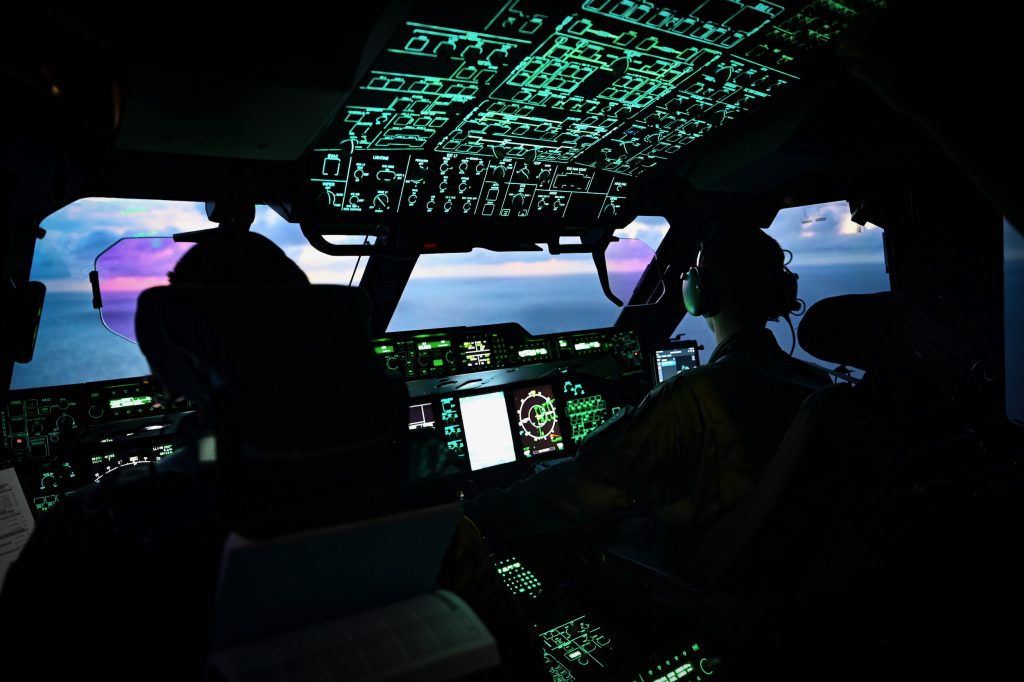
AMC’s boss, Gen. Mike Minihan, has been blunt about his goal since taking the job two years ago: developing the capability to deter China as soon as possible. As the former deputy commander of U.S. Indo-Pacific Command, Minihan’s warnings to prepare for a potential China contingency have sometimes been brusk—in January, he created international headlines when he issued a memo that predicted war with China in the next few years. That led to recriminations from Beijing, and the Pentagon distanced itself from the prediction.
Still, China remains the “pacing challenge” for the Department of Defense as outlined in its National Defense Strategy. And working in the Pacific creates challenges that must be considered.
“If you do an exercise in the continental United States, you don’t have to go through that in reality, you just have to simulate it,” Cole said. “If you want to hit the easy button, you don’t do that.”
